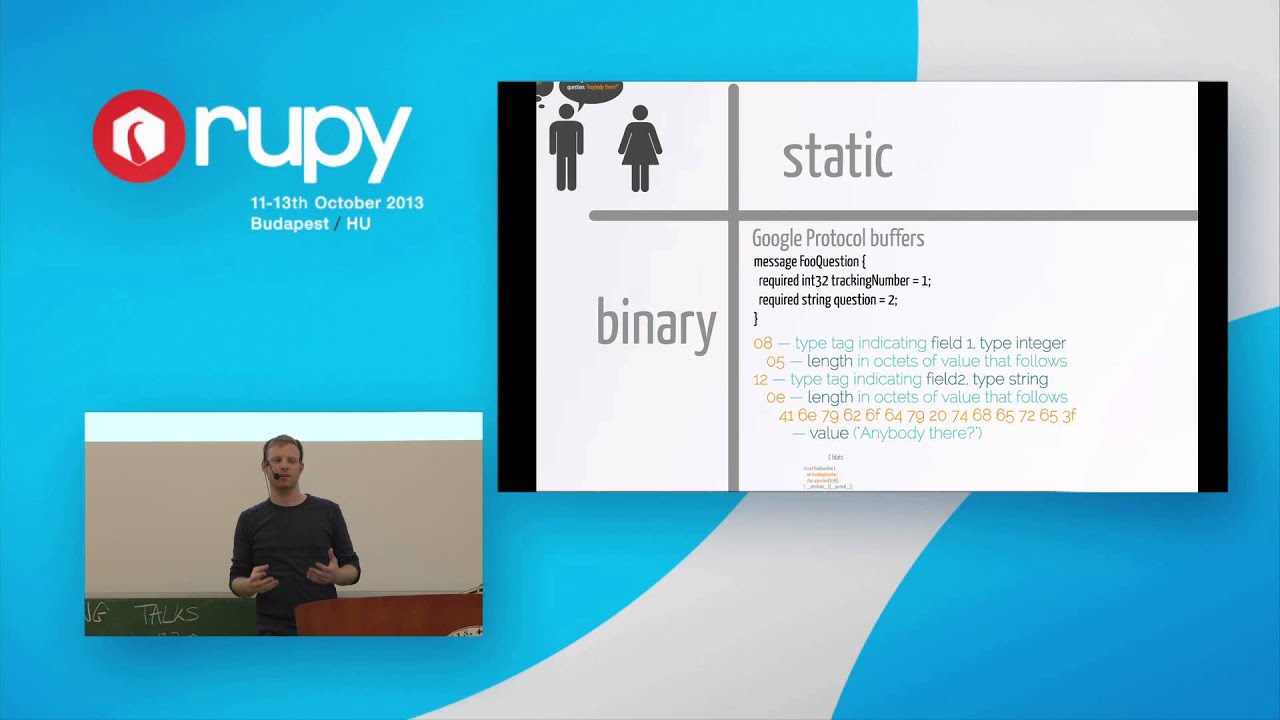I have seen several ruby conference talks recommending protocol buffers as the most optimal way to design an efficient scalable API system. Looking into what’s available I was wondering if people had suggestions, recommendations, or tips?
Looking at protobuff and it’s history it looks as though that may have technical debt from its evolution of growth. Also its documentation isn’t very up front about implementation. Beefcake and ruby-protocol-buffers both look good. But I wonder about Beefcake’s support and current activity.
The API framework that looks the best to me is gRPC . It looks to be well documented and built with many supported programming languages. As I will need the client to work on Android and iOS perhaps this is a bonus. But the git repo is in beta and there are over 400+ issues open.
Anyone have experience or anything they’d like to share on Protocol Buffers and implementation?


